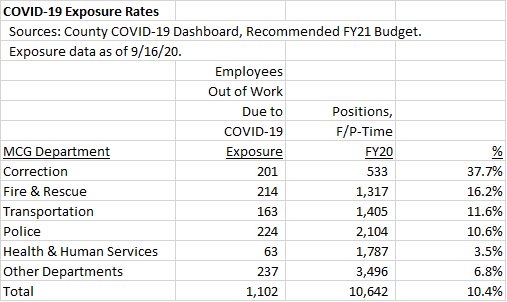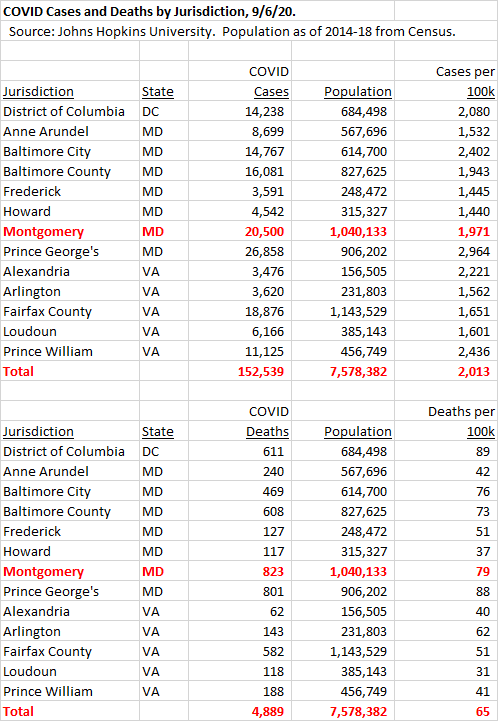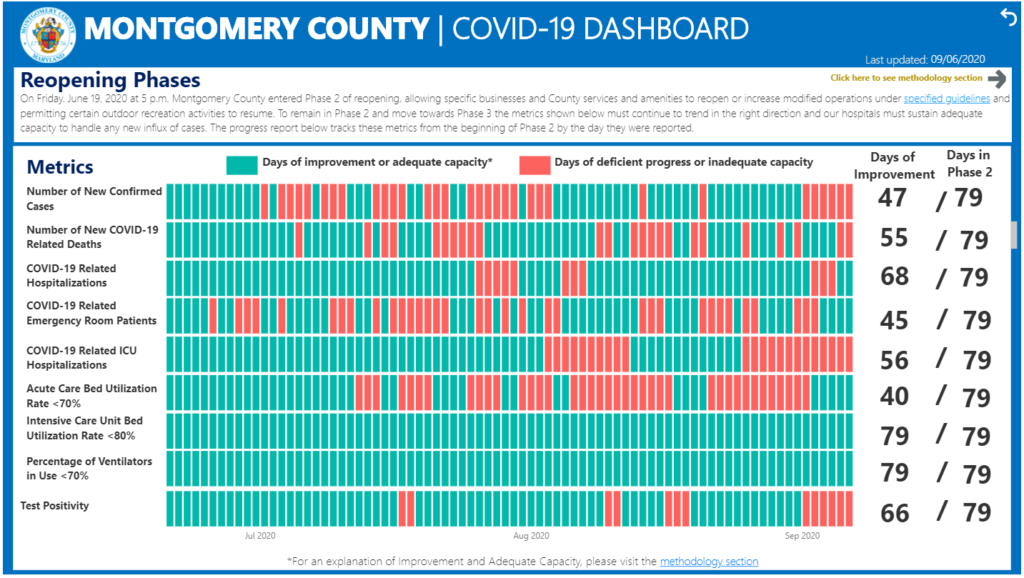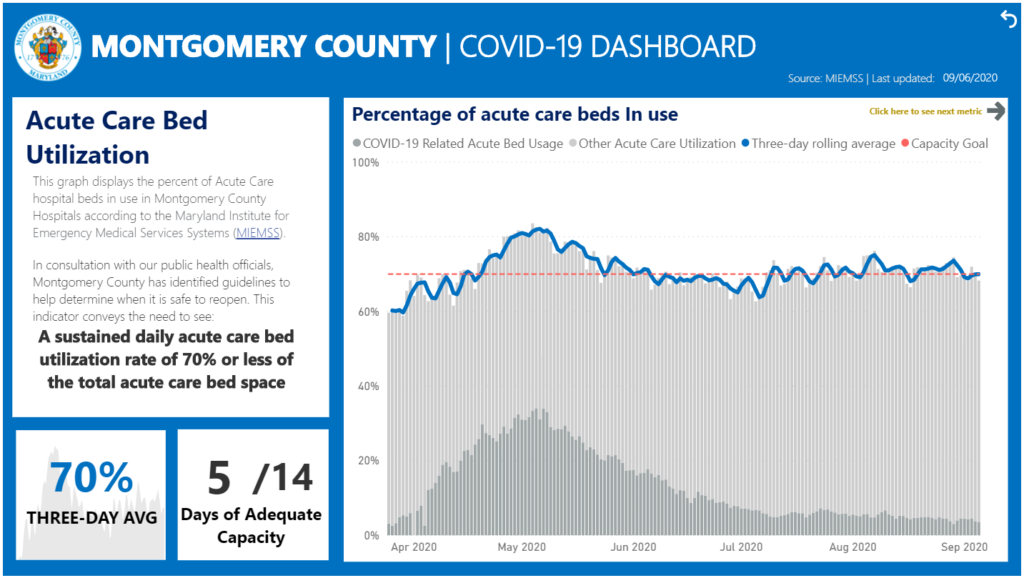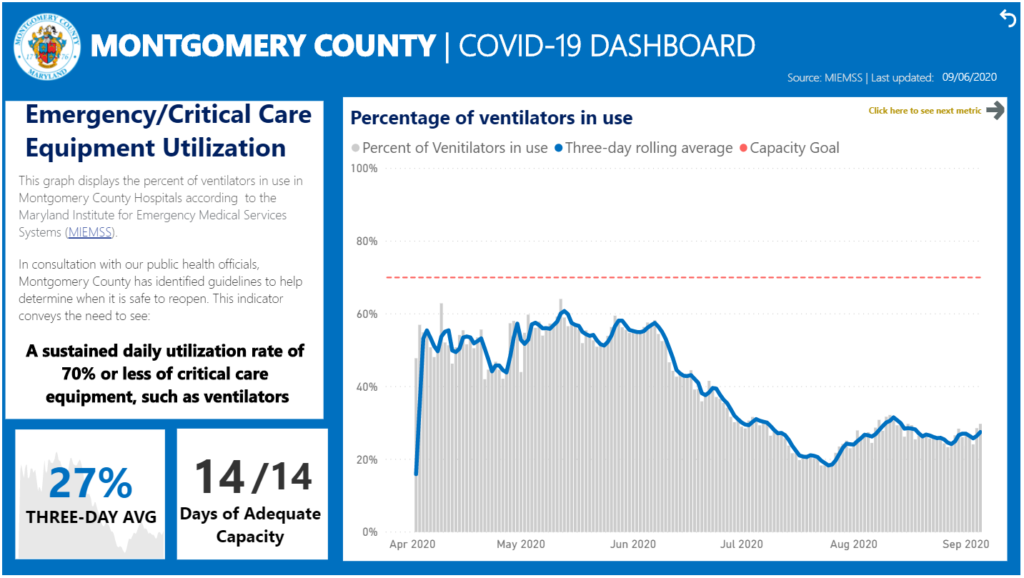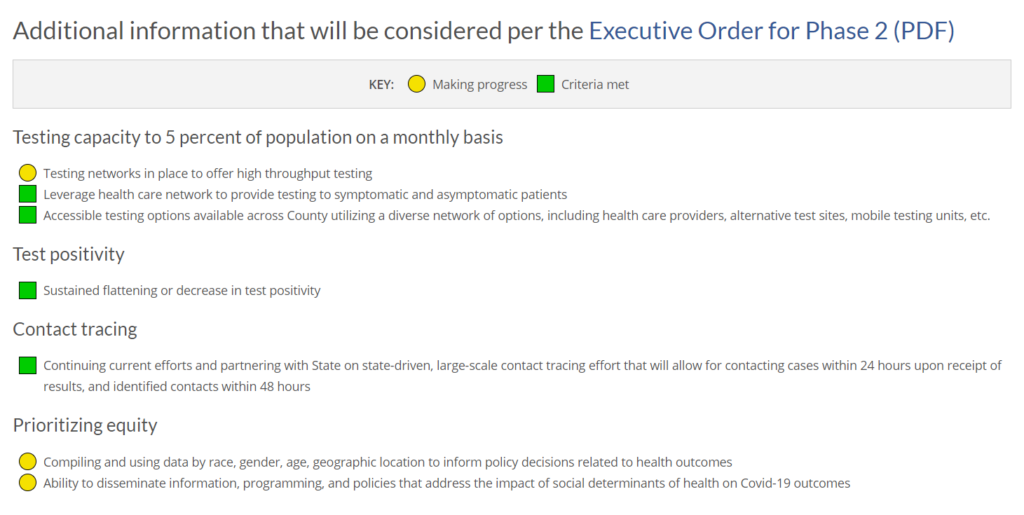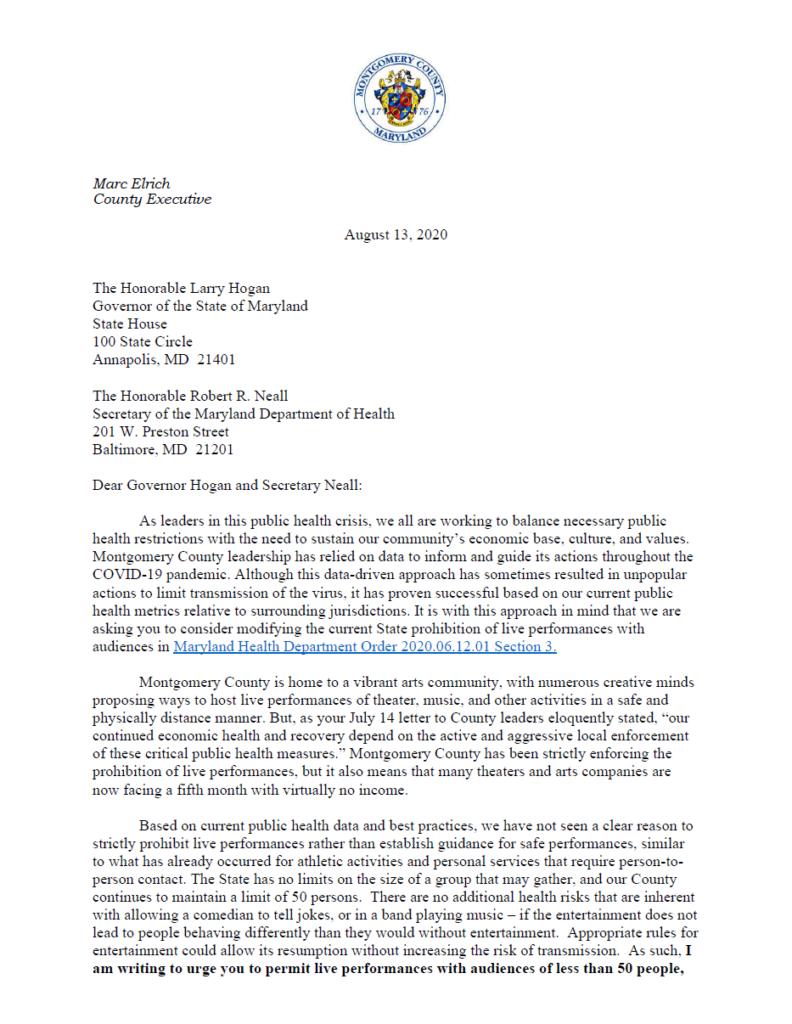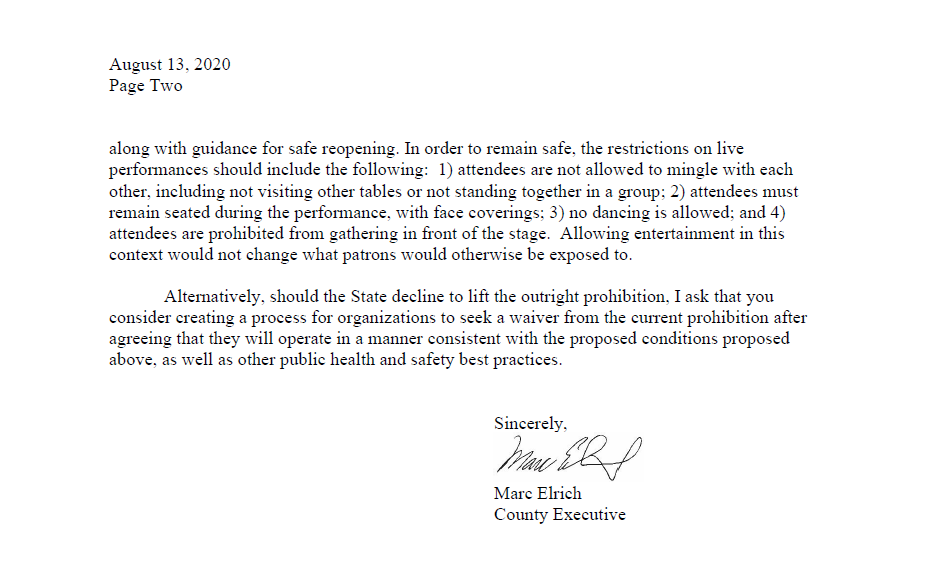Guest column by Dr. Sunil Dasgupta, Candidate for Montgomery County Board of Education At-Large.
MCPS’s decision to start the 45 day clock on potentially reopening school buildings is premature. While MCPS should absolutely be working collaboratively with teachers, staff, families, and students on a reopening plan, starting the clock before answering some basic questions is disruptive and anxiety-producing for everyone involved.
To calm anxieties and provide a clear path forward, MCPS leadership should focus on three goals in the near term. The first goal should be clear communication with all stakeholders. The second goal should be to meet student needs in the immediate context of online learning. And the third goal should be to collaboratively develop a safe reopening plan with employees, families, and students.
Clear Communication
Clear communication with the public has been MCPS’ biggest shortcoming during the pandemic. We are only four weeks into the first quarter, so it is unclear why MCPS is making an announcement on a 45 day timeline that could place some students and staff back in buildings in early November, after announcing in July that the first semester would be online-only.
In his July announcement regarding the fall semester, MCPS Superintendent Dr. Jack Smith wrote, “the safest choice for our district is to remain in a virtual-only instructional model through the first semester—January 29, 2021; or until state and local health officials determine conditions in our county allow for students to return safely after the first semester.” MCPS should stick to its previous timeline in order to ensure student and staff safety, and to provide desperately needed clarity for all stakeholders.
Meeting Students’ Immediate Needs
MCPS has performed much better in this area, but there are still students who need additional resources and support to make online learning as productive as possible. Many students in certain zip codes still lack access to high-speed internet and functioning Chromebooks. MCPS leadership and local staff are focused on this issue, and they should continue to reach out in every way possible to get these students and families connected to the learning that is taking place online.
MCPS recognizes that student mental health is suffering during the pandemic and is rightly focused on providing additional support to students and staff. And the school system continues to provide meals to thousands of students on a weekly basis.
A Collaborative Plan for a Safe Reopening
While teachers and staff are doing an amazing job considering the circumstances, not every student’s needs can be met through online instruction. Unfortunately, MCPS continues to persist with poorly designed surveys to gauge what families and staff want, hindering our ability to craft a reopening plan that fits the situation.
To honor individual choices of families and employees, MCPS needs better data. Rather than running poorly-designed surveys, there needs to be a census of every student and every staff member. We should ask the question, “When do you want to return,” and offer a menu of conditions to choose from. The census could be tied to student and employee dashboards, so everyone must answer before they can proceed with schoolwork. Importantly, respondents should have the ability to log back in and change their minds by picking a reason from a menu. Rather than an artificial 45 day timer, this evolving census data should help drive decisions to return.
The MCPS employee associations must be at the table contributing to the discussion on safety precautions, equipment and materials, protocols for testing, tracing, and quarantining, medical leave, substitution, and the many transitions between online and in-person delivery of instruction. There is also considerable work to be done to assess infrastructure – especially school building ventilation – and to identify safe teaching spaces. Teachers and staff must be involved in every step of the planning process.
What Now
This difficult moment requires steady leadership, deep collaboration, and clear communication. We should be squarely focused on how to safely meet the needs of all students. By all means, we should be planning how and when to reopen, but setting an artificial timer is not going to bring clarity. It’s a recipe for confusion and further anxiety.

